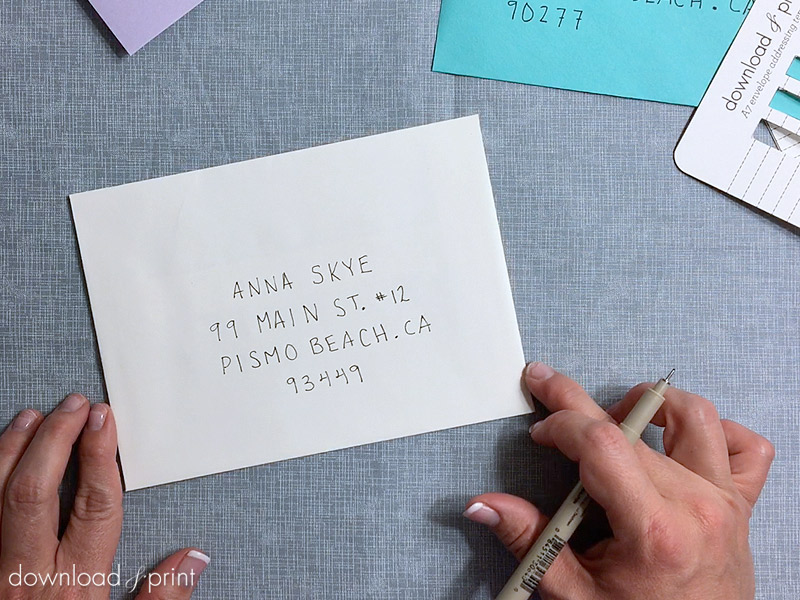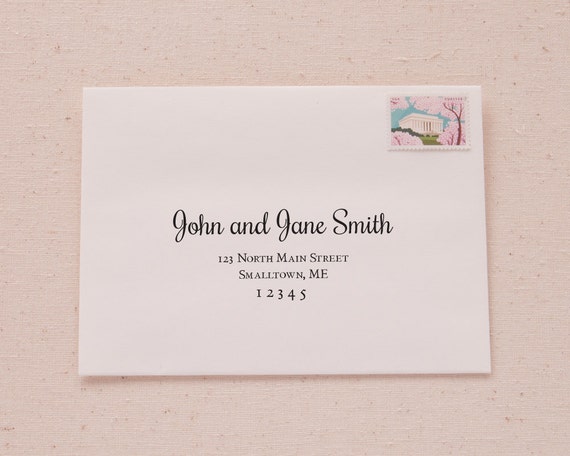

the From:, Sender:, Resent-from:, etc.) or be missing entirely.Įxtended uses include mailing list handling in Variable envelope return path (VERP), email authentication via SPF, spam filtering, and backscatter reduction in Bounce Address Tag Validation.

In contrast, the "from" address in the body of the mail can be on several different headers (e.g. It is a required part of Mail Transfer Agent software, so it is easy for other programs to use.It is typically not seen by users so it can be altered to include additional information without confusing them.It is given early in the SMTP session, so a message can be rejected without receiving its body.These typically take advantage of properties of the bounce address, such as:
Address envelope how to#
While its original usage was to provide information about how to return bounce messages, since the late 1990s, other uses have come about. Mail Transfer Agents (MTA) using the SMTP protocol use the RCPT TO command to determine where the email should go, and the MAIL FROM command to indicate where it came from. Only the envelope information is looked at to resolve where the email should go the body of the email is not examined. For example, on electronic mailing lists, the information seen in the "From:" header will come from the person who sent the email to the list, while the bounce address will be set to that of the mailing list software, so problems delivering the mailing list messages can be handled correctly.

While it is most common for the To: and From: information in the letter to be the same as the "envelope" values, such is not always the case. However, the envelope in this analogy is the contents of the MAIL FROM and RCPT TO fields from the SMTP session - and neither of these is normally visible to the user. If an email message is thought of as resembling a traditional paper letter in an envelope, then the "header fields", such as To:, From:, and Subject:, along with the body of the message are analogous to the letterhead and body of a letter - and are normally all presented and visible to the user. Ordinarily, the bounce address is not seen by email users and, without standardization of the name, it may cause confusion. It is not uncommon for a single document to use several of these names.Īll of these names refer to the email address provided with the MAIL FROM command during the SMTP session. There are many variants of the name, none of them used universally, including return path, reverse path, envelope from, envelope sender, MAIL FROM, 5321-FROM, return address, From_, Errors-to, etc. ( June 2016) ( Learn how and when to remove this template message)Ī bounce address is an email address to which bounce messages are delivered. Please help to improve this article by introducing more precise citations. This article includes a list of references, related reading, or external links, but its sources remain unclear because it lacks inline citations.


 0 kommentar(er)
0 kommentar(er)
